Corrective Exercise Specialist in Draper
Helping You Move Better and Feel Stronger
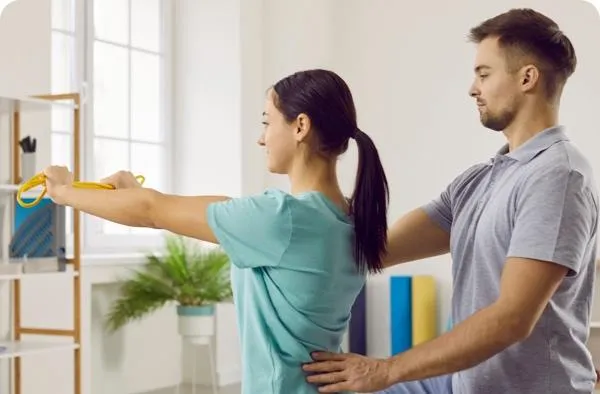
Corrective Exercise Specialist for Pain Relief and Better Movement
At Body Solutions Physical Therapy, we don’t just treat symptoms—we solve the root causes of pain and dysfunction so you can move better, feel stronger, and live with confidence. That’s where our corrective exercise specialists come in.
Whether you’re recovering from injury, dealing with chronic pain, or simply looking to improve your performance and posture, our certified corrective exercise experts are here to help you optimize how your body moves—so you can get back to living your life, your way.
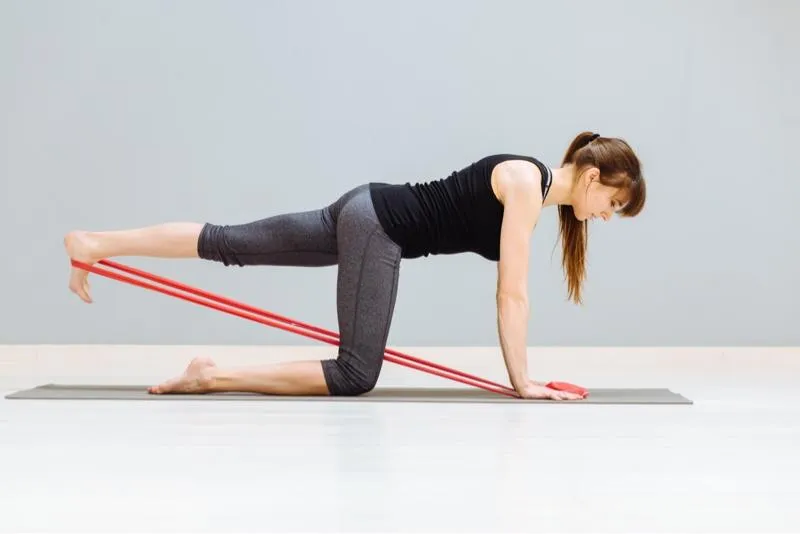
What Is Corrective Exercise?
Corrective exercise is a science-based approach to identifying and addressing movement dysfunctions, muscular imbalances, and postural deviations. Unlike generic workouts, corrective exercises are personalized movement prescriptions designed to retrain your body to move properly and efficiently.
The goal is simple: Correct dysfunction before it causes pain or injury. Or, if you're already in pain, to systematically correct the patterns and weaknesses that caused it in the first place.


What Is a Corrective Exercise Specialist?
A Corrective Exercise Specialist (CES) is a trained professional who identifies movement problems and designs custom exercise programs to fix them. They focus on posture, muscle imbalances, joint limitations, and faulty movement patterns that often cause pain or lead to injuries.
At Body Solutions PT in Draper, Utah, our corrective exercise specialists help patients:
Assess and identify faulty movement patterns
Address muscular imbalances and joint restrictions
Design tailored exercise programs to restore proper function
Support long-term injury prevention and performance gains
At Body Solutions PT, our specialists are not just certified—they’re also physical therapists and movement experts who use this advanced training to help clients improve posture, relieve pain, and build a stronger foundation for everyday life or sport.
Common Issues We Help Correct
Whether you’re a weekend warrior, a busy parent, or an athlete trying to avoid repeat injuries, you likely have some form of movement imbalance—most of us do. These imbalances lead to overcompensation, wear and tear, and eventually pain.
Our corrective exercise specialists help with:
Chronic back, hip, or shoulder pain
Postural imbalances (like rounded shoulders, forward head posture, or anterior pelvic tilt)
Movement dysfunction in athletes
Joint stiffness or instability
Previous injuries that never fully healed
Muscle imbalances from sitting too much, poor form, or repetitive activity
Knee pain during squats or lunges
Poor balance or mobility limitations
How We Help You Move Better?
STEP #1
Assessment
We begin with a comprehensive movement and posture assessment. We analyze how your body moves through basic patterns—squats, lunges, walking, reaching overhead—and identify compensations, weaknesses, or restrictions.
We also take into account your lifestyle, injury history, and long-term goals to fully understand what’s affecting your movement.
STEP #2
Personalized Exercise Plan
Based on your assessment, we build a custom plan with exercises tailored to your body’s needs—like mobility work, stability training, neuromuscular re-education, strength building, and core integration—all focused on restoring proper movement without generic routines.
STEP #3
Aftercare
We don’t just hand you a plan and hope for the best. Our team works closely with you to make sure your form is dialed in, your exercises are effective, and your progress is measurable.
As your body adapts, we adjust your program accordingly—ensuring you’re always building on a solid foundation without risking overload or injury.
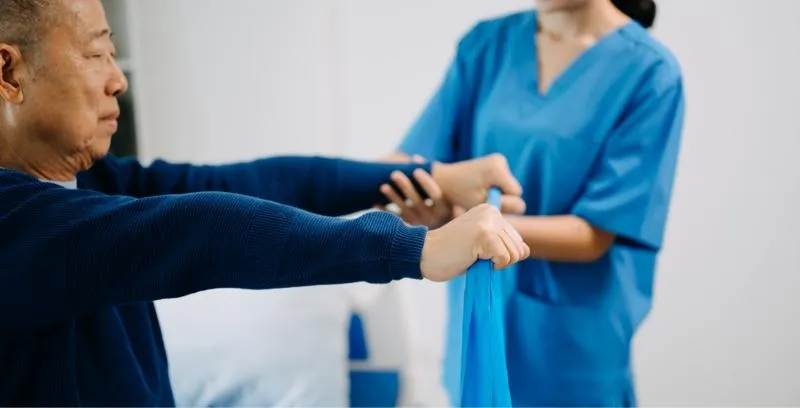
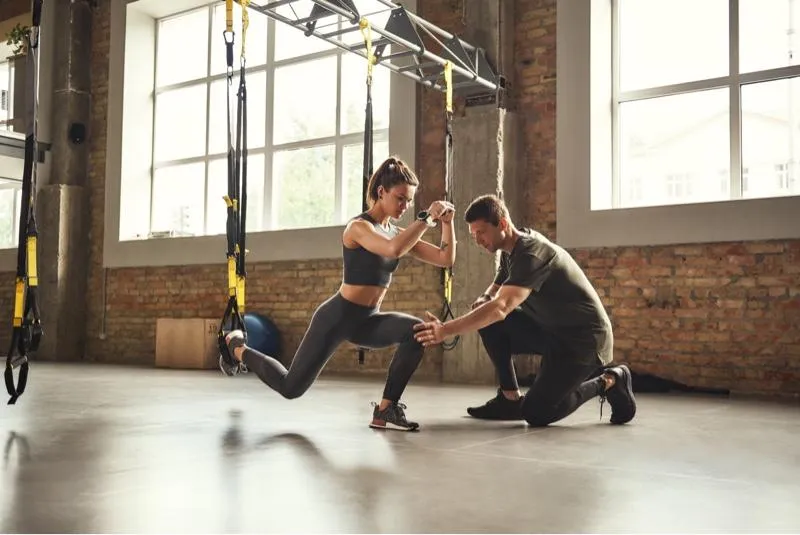
How We Help You Move Better?
STEP #1
Assessment
We begin with a comprehensive movement and posture assessment. We analyze how your body moves through basic patterns—squats, lunges, walking, reaching overhead—and identify compensations, weaknesses, or restrictions.
We also take into account your lifestyle, injury history, and long-term goals to fully understand what’s affecting your movement.
STEP #2
Personalized Exercise Plan
Based on your assessment, we build a custom plan with exercises tailored to your body’s needs—like mobility work, stability training, neuromuscular re-education, strength building, and core integration—all focused on restoring proper movement without generic routines.
STEP #3
Aftercare
We don’t just hand you a plan and hope for the best. Our team works closely with you to make sure your form is dialed in, your exercises are effective, and your progress is measurable.
As your body adapts, we adjust your program accordingly—ensuring you’re always building on a solid foundation without risking overload or injury.


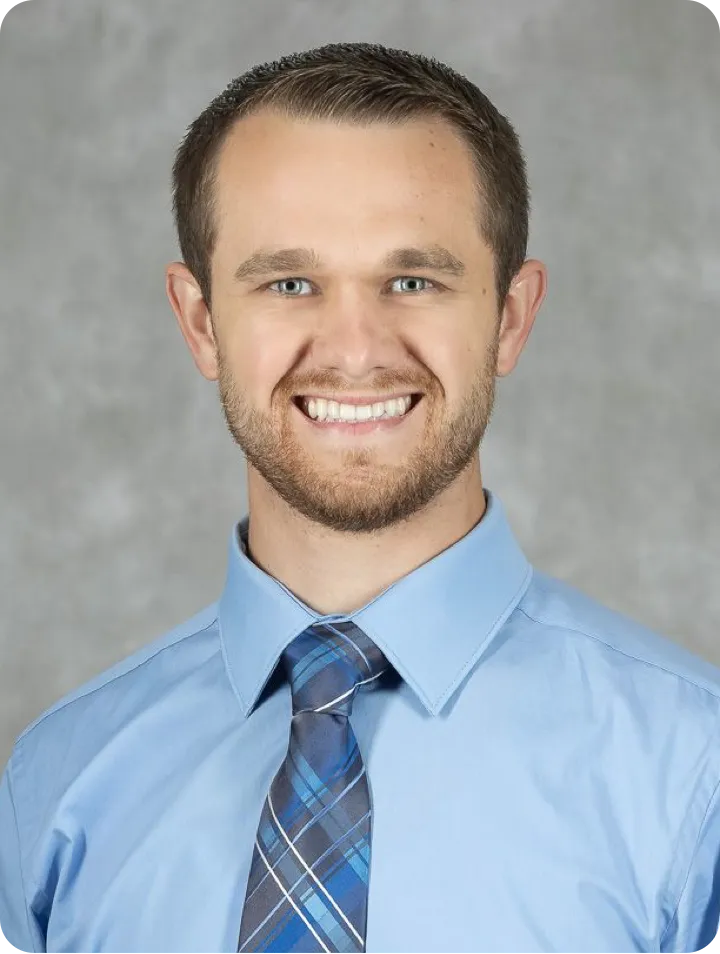
Meet Your Licensed Physical Therapist in Draper
Braydon Lavery
PT, DPT, CPT, CES
I know firsthand how frustrating it feels to be held back by pain and injuries. After competing as a top athlete in high school and college, injuries ended my career as a runner — but they also
inspired me to dedicate my life to helping others get back to the activities they love.
That journey led me to earn my Doctor of Physical Therapy degree and advanced certifications in Personal Training, Corrective Exercise, and Dry Needling. Over the years, I’ve worked with patients of all ages — from athletes to busy parents — to relieve pain, restore mobility, and improve quality of life.
Today, my focus is simple: helping the Draper community move better, recover faster, and live without limitations. Whether you’re struggling with chronic tightness, recovering from an injury, or just want to feel stronger and more active, I’m here to guide you every step of the way.
Client Success Stories
Real Results From Local Patients
Frequently Asked Questions
Dr. Braydon Lavery's training
Dr. Braydon Lavery earned his Doctorate of Physical Therapy degree from South College and is a licensed physical therapist in the state of Utah. Since receiving his license he has become a Certified Personal Trainer (CPT) and a Corrective Exercise Specialist (CES), both from the National Academy of Sports Medicine (NASM). He has also become certified in Dry Needling through the Spinal Manipulation Institute & Dry Needling Institute.
How long is each appointment?
Every appointment lasts 60 minutes and starts on the hour (8am, 11am, 3pm, etc.). Your initial evaluation usually takes about 45-60 minutes depending on the patient's complexity.
What should I wear to my appointment?
If possible, please wear something that you can exercise or move comfortably in as we will perform various exercises and need access to the areas of the body being treated. If you plan on coming from work or some other activity you may consider bringing a change of clothes with you to change in to before and after the appointment. We also have extra shorts and t-shirts that you may use if needed.
Do you accept insurance?
No, this is a cash-based clinic. You will be receive 1-on-1, high-quality services for the duration of your session without being limited by what insurance providers are willing to pay for.
Do you offer package deals/discounts?
Larger packages are great for post surgical care or managing chronic conditions. We will discuss which package would be best for you based on your diagnosis and needs.
3-Session Package (5% off per session)
5-Session Package (10% off per session)
10-Session Package (20% off per session)
15-Session Package (30% off per session)
Do you accept (Health Savings Account) HSA cards?
YES! A Health Savings Account (HSA) is a type of personal savings account you can set up to pay certain health care costs. An HSA allows you to put money away and withdraw it tax free, as long as you use it for qualified medical expenses, like deductibles, copayments, coinsurance, and more. I accept HSA cards as a method of payment, however, you should verify with your institution prior to your scheduled appointment.
What types of injuries or conditions do you treat?
I treat a variety of injuries and conditions, such as muscular and joint pain , sports injuries, pre/post-surgical rehabilitation, and balance and mobility issues.See the Dry Needling section to see common areas treated such as knee osteoarthritis!
Do you perform dry-needling?
YES! When dry needling is applied to an affected muscle or trigger point, it can decrease muscle tightness, increase blood flow and reduce pain. Patients often report immediate relief after treatment. The needles remain in your muscle for a short period of time — between 10 seconds and 20 minutes — during treatment (Mayo Clinic, 2023).
Dry needling is similar to acupuncture but the approach or reasoning behind it is different. Dry needling utilizes a "Western medicine" approach targeting trigger points within muscles rather than the "Eastern medicine" approach that emphasizes moving Chi and energy to heal the body.
Is dry needling painful?
Most people feel only a quick prick during needle insertion. You might experience a muscle twitch or brief soreness, but discomfort is minimal and usually short-lived.
How many sessions will I need?
That depends on your condition, how long you’ve been dealing with it, and how your body responds to treatment. Many patients feel better within 1–3 sessions, while others benefit from a series of 4–6 treatments combined with physical therapy.
Is dry needling safe?
Yes, when performed by licensed professionals like our team at Body Solutions PT. We use sterile, single-use needles and follow strict safety protocols to ensure your comfort and well-being.
What’s the difference between dry needling and acupuncture?
While both use similar needles, dry needling is based on Western anatomical and neurological principles. It targets muscle trigger points, not energy meridians. The techniques and goals are different.
Still have questions? The best way to find out if this treatment is right for you is to try your first session. Appointments this week are available — book now.

PERSONAL TRAINING
RESOURCES
FOLLOW US
Copyright © 2024 Body Solutions PT - All Rights Reserved.
































Facebook
LinkedIn